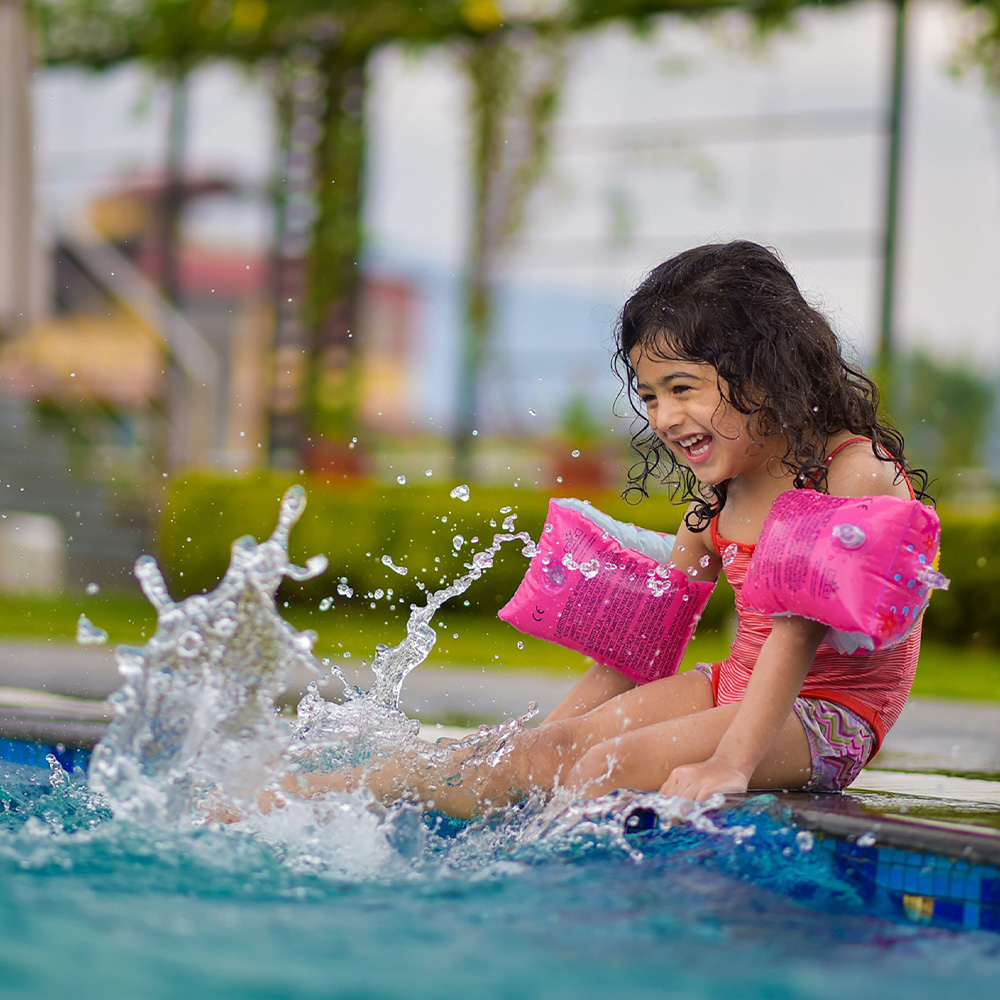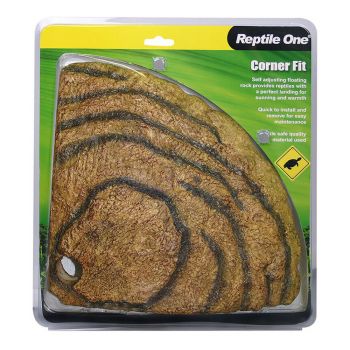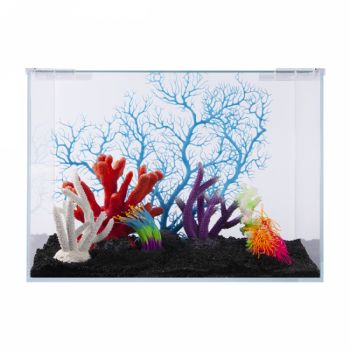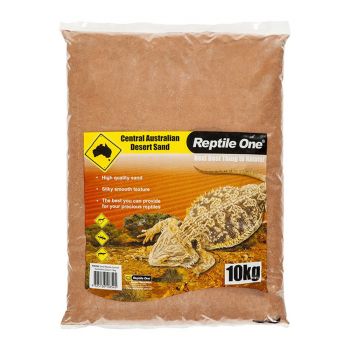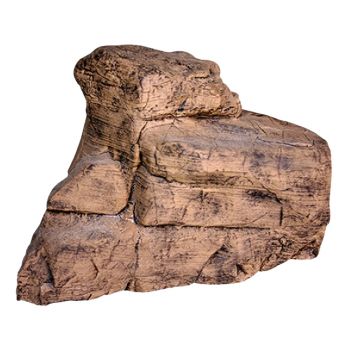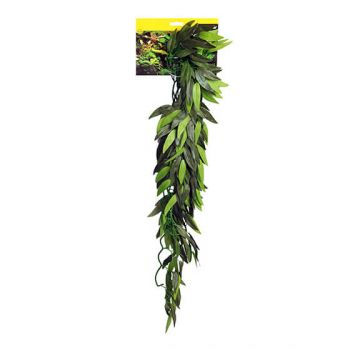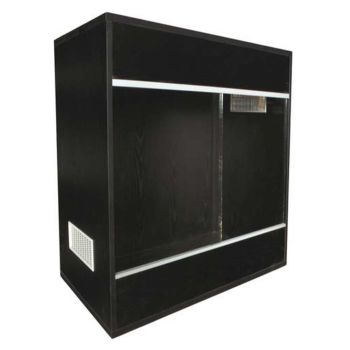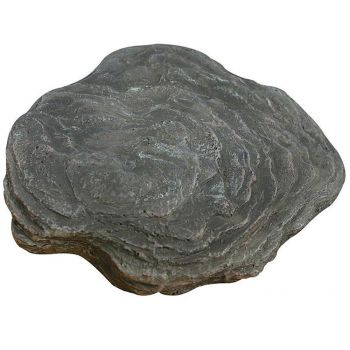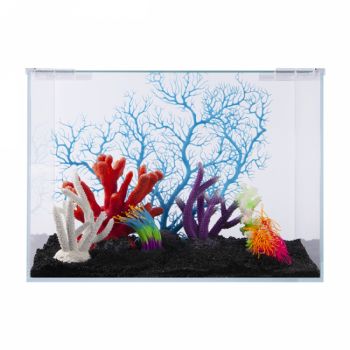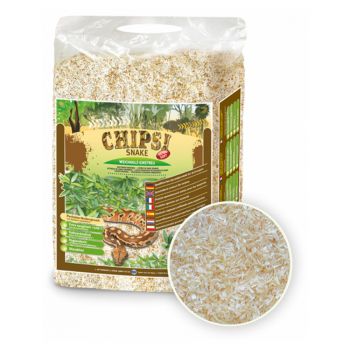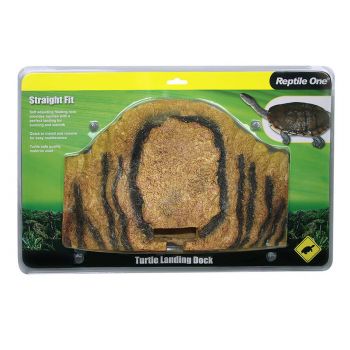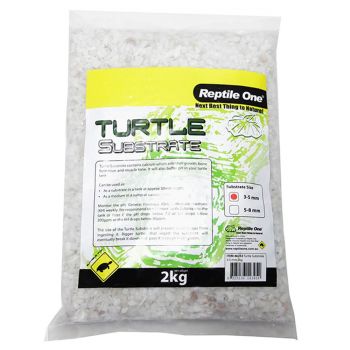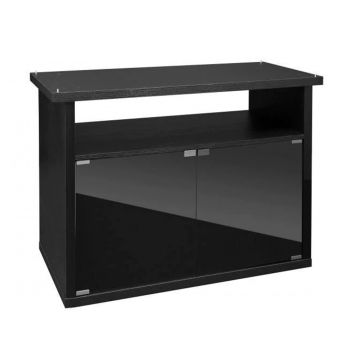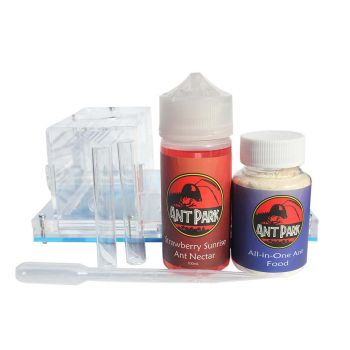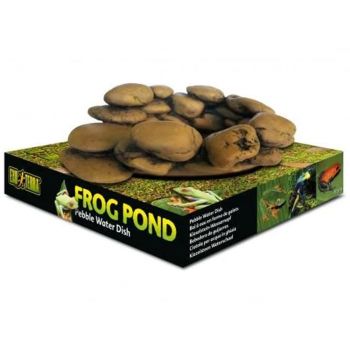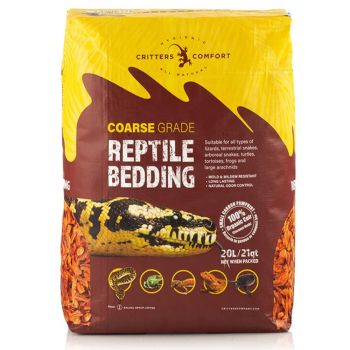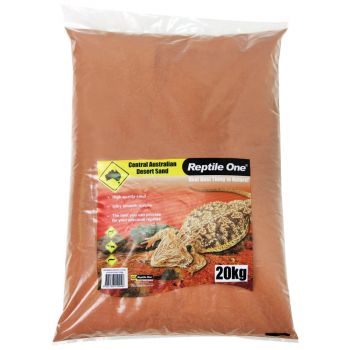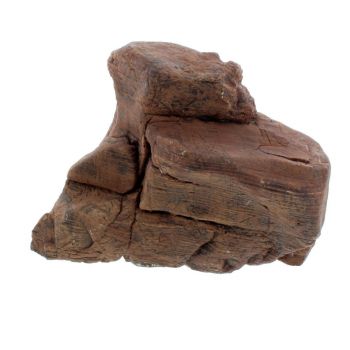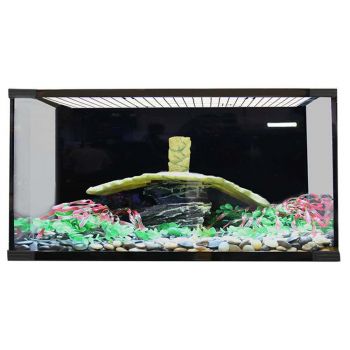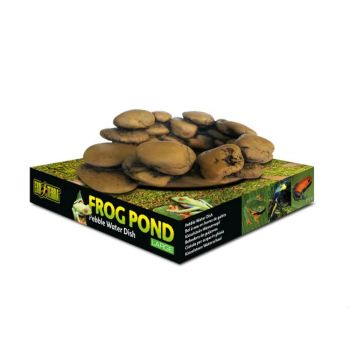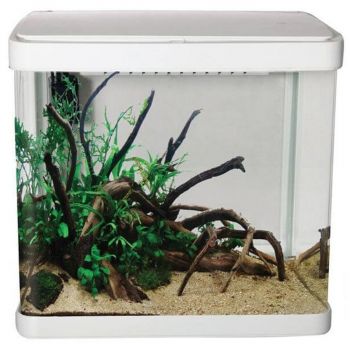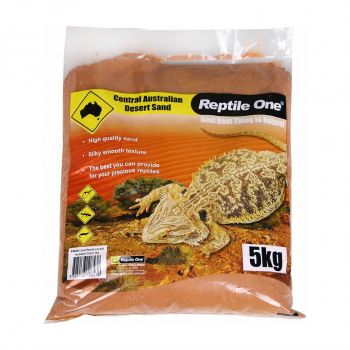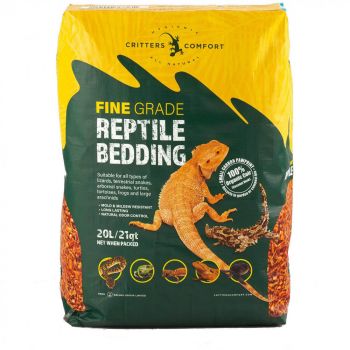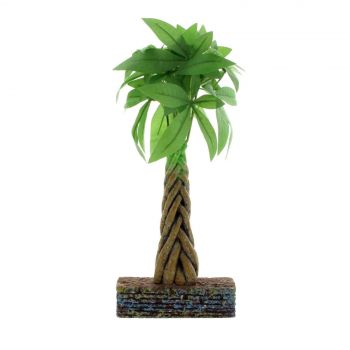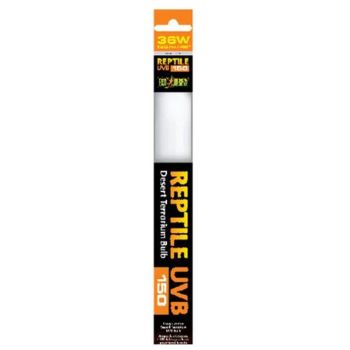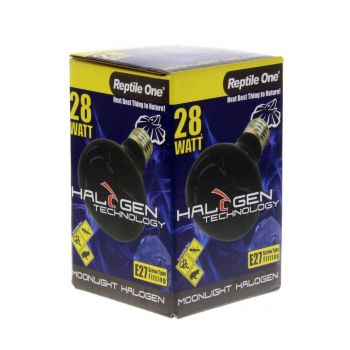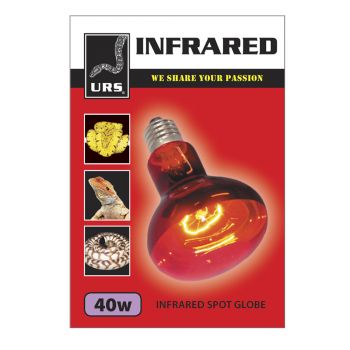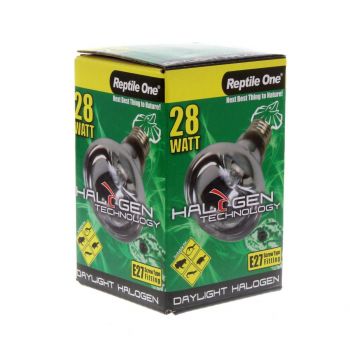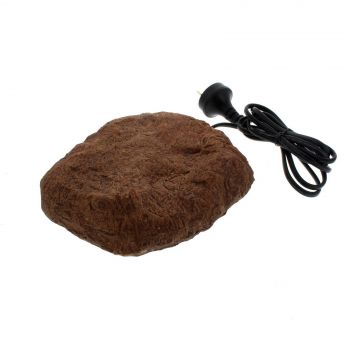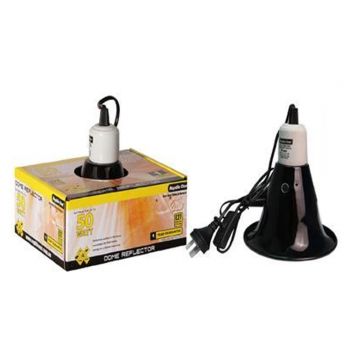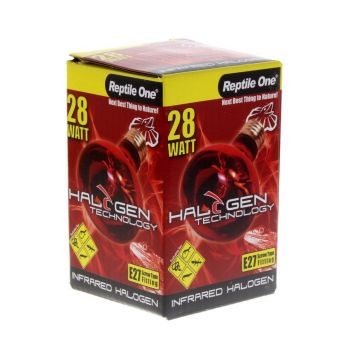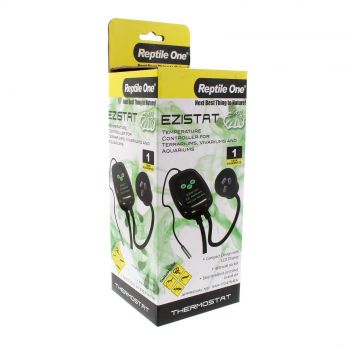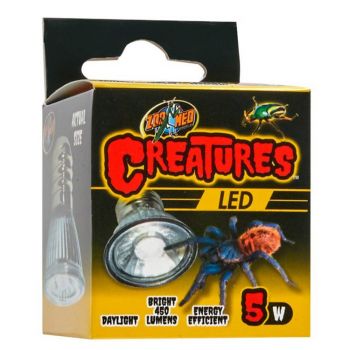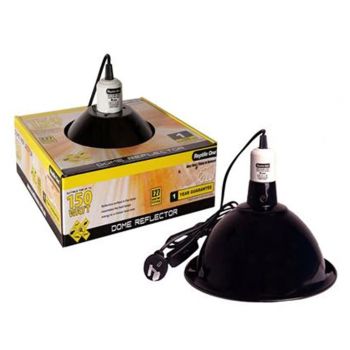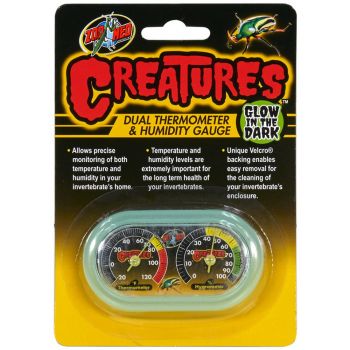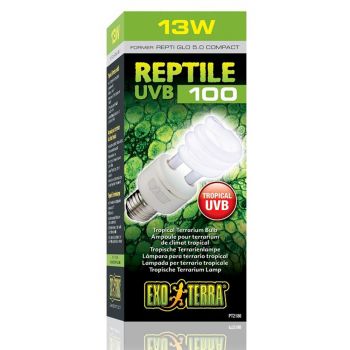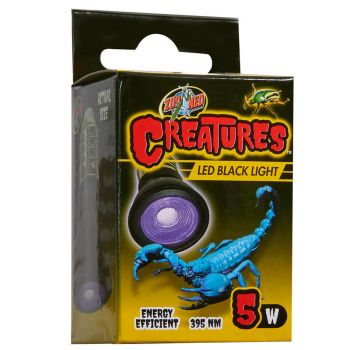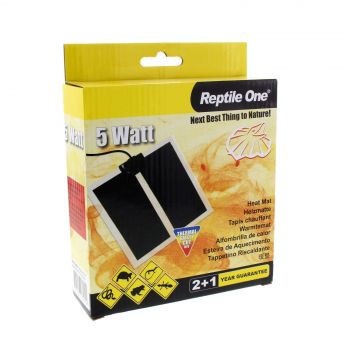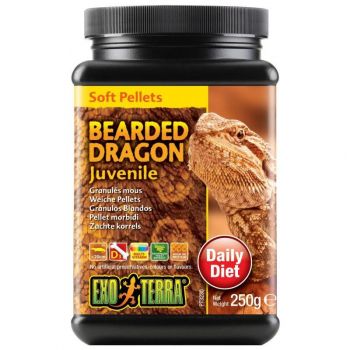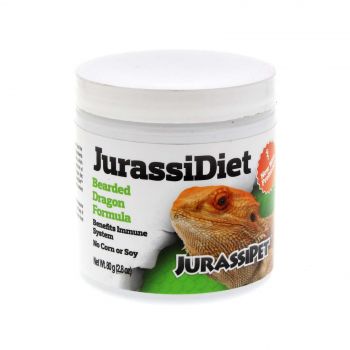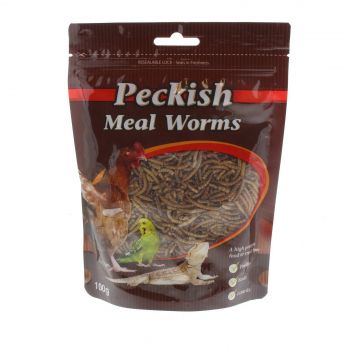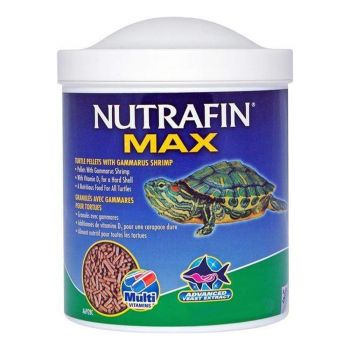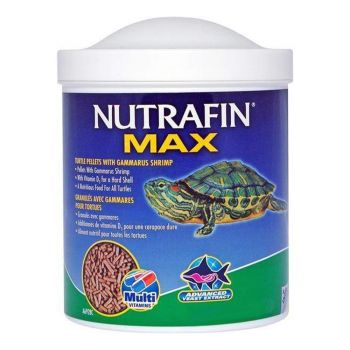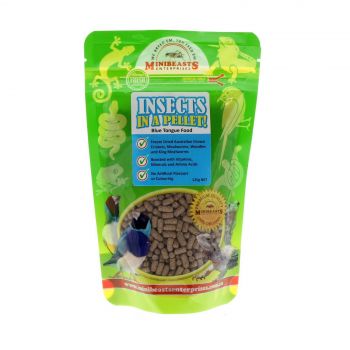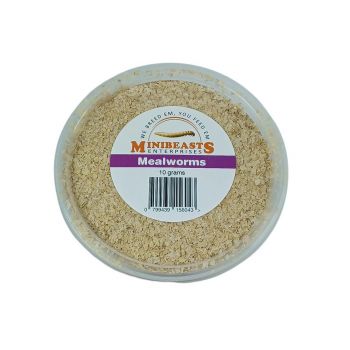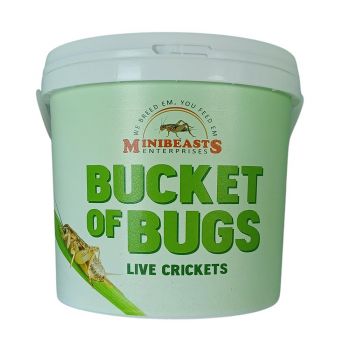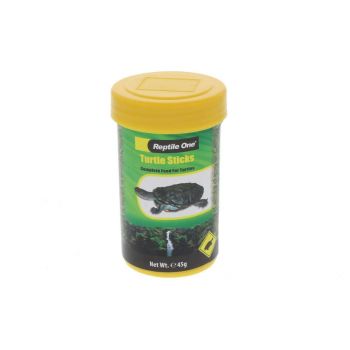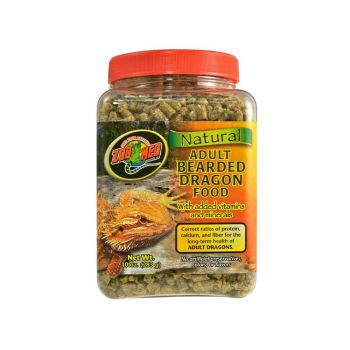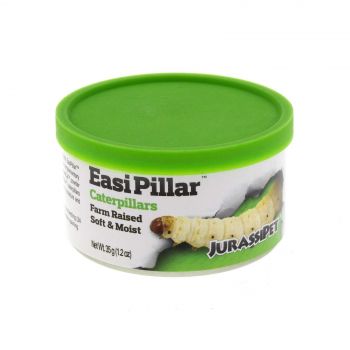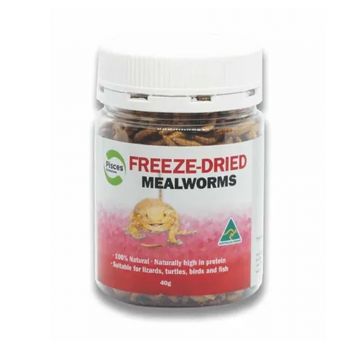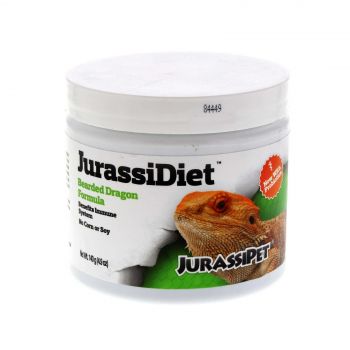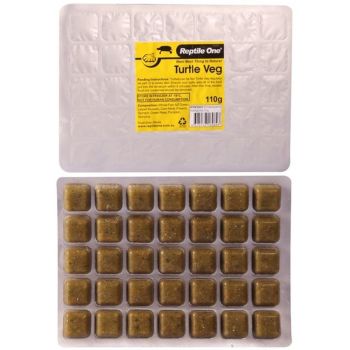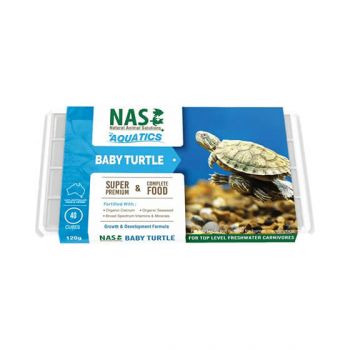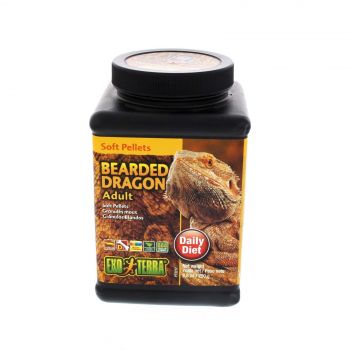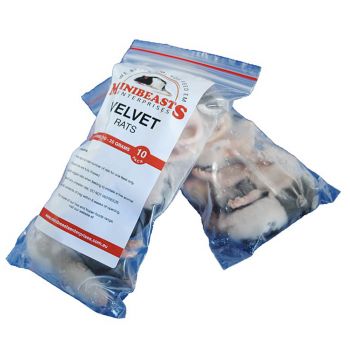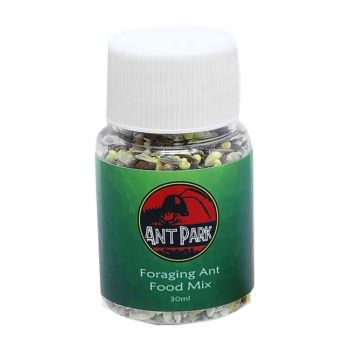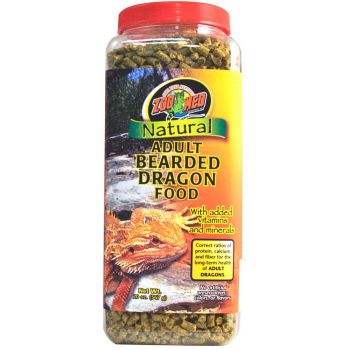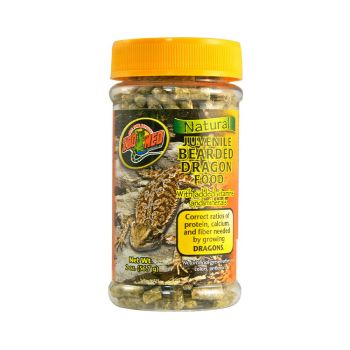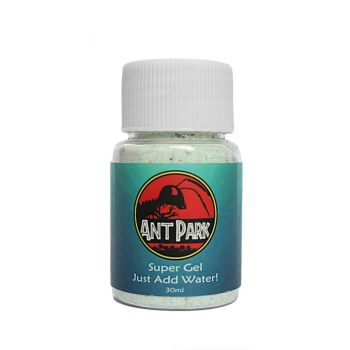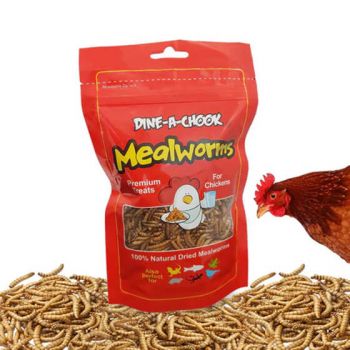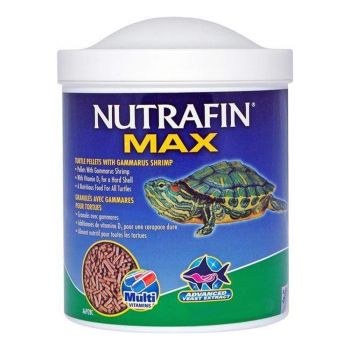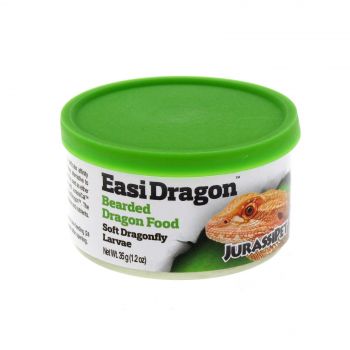THE ULTIMATE AMPHIBIAN ADOPTION AND CARE GUIDE
Amphibians are quite possibly one of the most remarkable pets to keep. They captivate onlookers with their intriguing life cycle: beginning as an egg, hatching into a larval form living in the water and then metamorphosing into another creature that breathes air rather than its aquatic habitat. Such marvels deserve admiration for sure!
Keeping amphibians as pets is more of an avocation than a companion animal. In general, it can be potentially hazardous for both the amphibian and its caregiver to handle them frequently. With that being said, these creatures are quite low-maintenance; just make sure their cage remains clean and free from toxins, they receive regular feedings, and water is changed out regularly - if you do this your pet will have an extended lifespan! Frogs, Toads and Salamanders are the most popular species kept as house pets.
Legislation and licences
In Australia, frogs are a highly valued species that cannot be taken as pets without proper registration and licensing in the region of residence. Furthermore, only captive-bred breeds can be kept as pets - wild-caught specimens are strictly prohibited by law.
If you are interested in keeping certain species of frogs as pets, then a licence from the Department of Environment, Land, Water and Planning is required. For more information on which types require such permission, contact their Customer Service Centre at 136 186. Additionally, all animals (amphibians included) must be safeguarded under The Prevention of Cruelty to Animals Act 1986 for optimum care and safety.
Are you thinking of getting an amphibian as a pet? If so, it's important to know that different species have diverse needs when it comes to humidity, temperature and habitat. Before making your purchase, speak with a vet or someone who is knowledgeable about the care of amphibians for guidance. Additionally, ensure you are well-informed regarding the particular animal you wish to keep by researching its requirements - this way you can provide suitable accommodations in your home for your new friend!
For those looking to keep amphibians as pets, the Code of Practice for the Welfare of Amphibians in Captivity has put together an incredibly useful list to help you decide on which species is suitable. Plus, it provides essential details into how best to nurture and care for your pet!
An amphibian can be a long-term pet, but if you choose to part with it make sure to find an appropriate home or euthanize it in a humane manner. NEVER release live amphibians into dams, rivers, or any other body of water - including down the toilet - as they may transfer illnesses that could damage native aquatic species and potentially displace them by forming competing populations.
Housing and environment
Creating a healthy and conducive living environment for your amphibian is paramount in ensuring its optimal well-being.
To ensure your amphibian's safety and well-being, a secure and escape-proof enclosure is absolutely essential. Making sure the atmosphere of their new habitat closely resembles their natural environment will allow them to acclimate quickly - think driftwood for cover, soil or sand substrate for digging into, and live plants for an enriched climate experience.
- - driftwood
- - plants
- - mosses
- - rocks
To ensure your amphibian's safety, it is critical to make sure the rocks you place in its enclosure are not small enough for it to swallow. Furthermore, finding a proper housing environment for your pet depends on the type of amphibian. To learn what will work best, seek advice from either where you purchased the animal or research online.
In order to maintain healthy living conditions, it is essential that homes are regularly cleaned and maintained.
Amphibians are extremely sensitive to chlorine, so all water used in their enclosure must have the chemical removed. To dechlorinate your animals' water, you can purchase a product at any pet store or use bottled water instead.
Temperature
Depending on their habitat, amphibians require vastly different temperatures in order to thrive. If your particular species originates from a tropical climate, then it will need an even warmer and more humid atmosphere than those derived from cooler areas.
When caring for amphibians, it's best to maintain a temperature range of 16-21 degrees Celsius and humidity levels between 75-80%, generally speaking. However, you should take the specific breed into account when determining its optimal environment requirements.
Lighting
To ensure your amphibian's well-being, it is essential to mimic its natural environment as much as possible. During summer months, provide 12 hours of light and during winter you can reduce this to 8 hours a day. Establishing the ideal day/night cycle for your pet will help them thrive in captivity!
Feeding your Amphibian
Most amphibians subsist on a diet of fresh invertebrates, including:
- - insects
- - crickets
- - wax worms
- - roaches
Feeding your amphibian depends on its activity level. Smaller and livelier species should be fed every day, while larger and less active varieties should only receive nourishment once a week.
To ensure your amphibian receives all the essential nutrients it requires, be sure to dust its invertebrate meals with a powdered mixture of vitamins before feeding once per week. And remember to never provide your pet with insects that may have been exposed to any types of insecticides or chemicals.
Cleaning the Habitat
Amphibians have highly absorbent skin which requires their habitat to be carefully and regularly cleaned in order to keep them healthy.
Health problems
When caring for amphibians, commonly faced difficulties include:
- - heat stress (pacing, then lethargy)
- - egg retention (swollen abdomen)
- - cloacal prolapse (tissue protruding from cloaca — the anal area)
- - septicemia (red patches on lower legs and abdomen).
Handling
Before interacting with your amphibian, you must make sure to wash your hands thoroughly. Amphibians take in oxygen through their skin and any chemicals or residue left on human hands can be potentially fatal for them. To ensure the maximum safety of these creatures, smokers should abstain from handling frogs at all costs. Additionally, keep in mind that squeezing the frog is totally off-limits too!
With amphibians, it is essential to handle them with care. Overstimulation can cause their skin to become damaged and exposed to bacteria, leading to illness or even death. Moreover, some of these creatures may be carriers of salmonella and other dangerous bacteria that could harm humans if not washed away after being handled. For this reason, do not forget the importance of washing your hands when done handling your pet!
It is also important to wash your hands after handling your pet. Amphibians can carry bacteria toxic to humans such as salmonella.
Wallington's WRG is your one-stop-shop to learn everything you need to know about amphibians. Our knowledgeable staff are more than happy to answer any questions that you may have, and our online store has a wide selection of frog supplies for all your needs. Stop by today!

